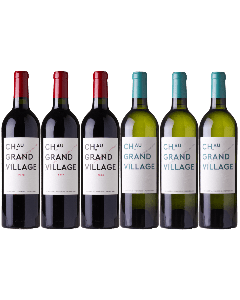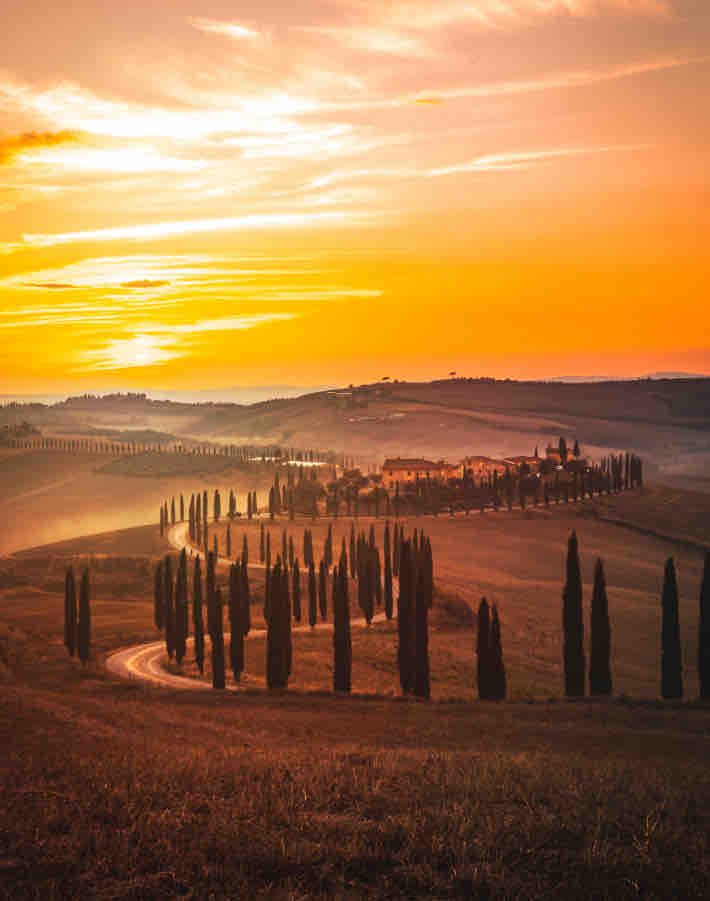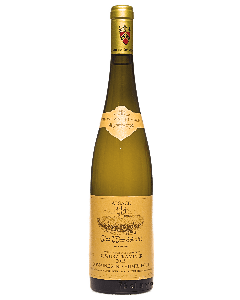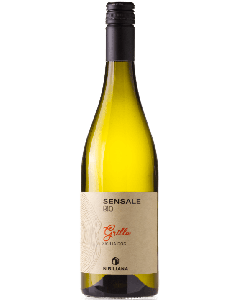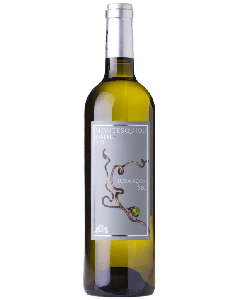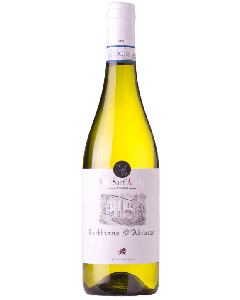We use cookies to make your experience better. To comply with the new e-Privacy directive, we need to ask for your consent to set the cookies. Learn more.
Fontodi 2021 Flaccianello della Pieve
Flaccianello is the top Super Tuscan from the Chanti Classico Panzano estate, Fontodi. The wine is 100% Sangiovese from vineyards in the Conca d'Oro, one of the best sites in Chianti.
We are always impressed with Flaccianello, especially in great vintages like 2021. This vintage is a powerful style of Flaccianello. One that is built for the long term.
“The 2021 Flaccianello della Pieve is another exceptional wine from Fontodi this year. Ripe, silky tannins wrap around a core of dark fruit as the 2021 makes its presence felt from the first taste. Sumptuous, racy and dense, this is just magnificent. As has been the case for some time, Flaccianello is a blend of mostly three parcels throughout the estate but closer to town.” 98 points, Antonio Galloni, Vinous.com
“The Fontodi 2021 Flaccianello della Pieve opens to a medium-dark inky appearance and solid aromas of black fruit and pressed blackberry. The Flaccianello is a touch more accessible at this early stage compared to the Vigna del Sorbo, but both wines are undoubtedly built to withstand ample cellar aging. Flaccianello is the more powerful or the two, and the Vigna del Sorbo is more delicate in comparison. These dueling character traits are especially evident in this classic 2021 vintage. This wine also boasts a more generous mouthfeel supported by softly integrated tannins.” 98 points, Monica Larner, The Wine Advocate






